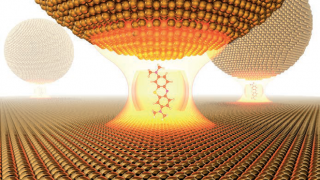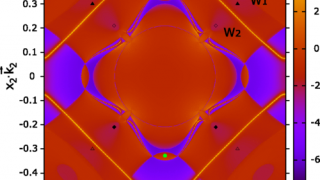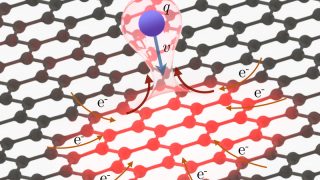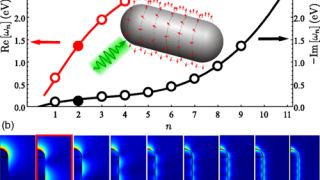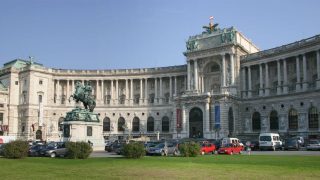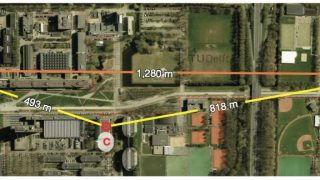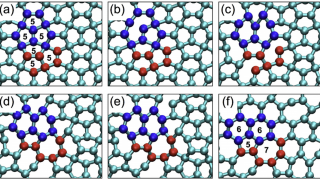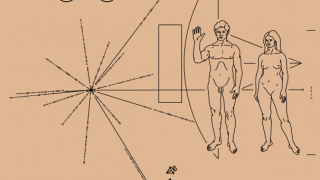
A spin-sensitive probe
Condensed matter • Materials • Nanotechnology • Quantum physics
The Pioneer plaques are a pair of gold–anodized aluminium plaques which were placed on board the 1972 Pioneer 10 and 1973 Pioneer 11 spacecraft, featuring a pictorial message, in case either Pioneer 10 or 11 is intercepted by extraterrestrial life. The plaques show the nude figures of a human male and female along with several […]
